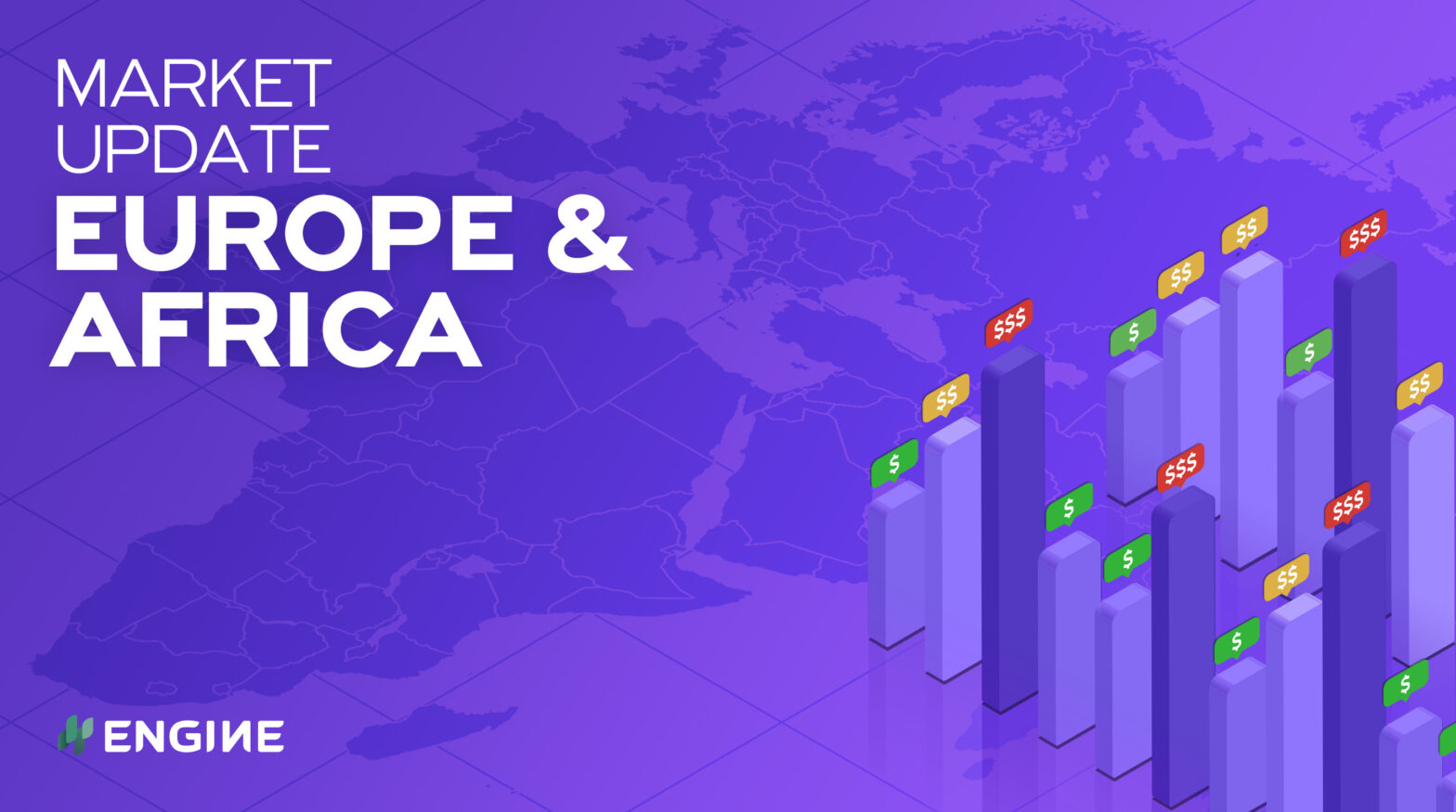Prices have extended their gains on the back of Brent in key European bunker ports, while Durban’s VLSFO price has dipped back down to parity with Port Elizabeth.
Changes on the day to 08.00 GMT today:
- VLSFO prices up in Gibraltar ($12/mt) and Rotterdam ($4/mt), and down in Durban ($12/mt)
- LSMGO prices up in Gibraltar ($15/mt), Durban ($12/mt) and Rotterdam ($8/mt)
- HSFO prices up in Gibraltar ($15/mt) and Rotterdam ($3/mt)
Rotterdam’s VLSFO price has flipped back to discounts to several other regional ports, with $1-4/mt up to Hamburg, Skaw and Gothenburg now. Availability of VLSFO, LSMGO and HSFO380 is normal across the ports.
Gibraltar’s VLSFO premium over Rotterdam has widened again. At $19/mt today it is four times to $4-5/mt premiums seen at times last week. Gibraltar’s price has also gained to a $4/mt premium over Las Palmas, and an $11/mt premium over Malta.
Gibraltar remains congested this morning with nine vessels waiting to bunker. Two vessels are awaiting ship-to-ship operations, two others for lack of space at the western anchorage or in port. The rest are lined up waiting for bunker barges to become ready as two suppliers are 2-8 hours behind schedule, according to MH Bland.
There are also slight delays in Algeciras, while Ceuta, Huelva, Malta and the Canary Islands ports have no delays.
Durban’s VLSFO price has dropped amid a downward pull from lower-priced stem to erase its price premium over Port Elizabeth. The fuel grade can be found significantly lower in West Africa’s Lome and Abidjan, which have it around $50/mt below Durban and Port Elizabeth.
Brent
Front-month ICE Brent has come up by $0.81/bbl on the day to 08.00 GMT today, when it stood at $75.68/bbl.
Concerns over tightening global oil supplies have given Brent a fresh boost and lifted the key oil benchmark by 2% over its settlement level on Friday.
Crude values have been volatile during the OPEC+ impasse, after its monthly negotiations failed two weeks ago and again last week. The group voted to ease 2 million b/d of its remaining 5.8 million b/d output cuts in 400,000 b/d increments between August and December. Member states also favoured extending their output management pact from April next year to the end of that year.
But the UAE put down its foot, demanding its production quota should be updated from the October 2018 baseline before it could get behind the new policy. The UAE has recently invested heavily in production capacity and would likely see its quote adjusted upward with an updated baseline.
“Oil prices reacted sharply to the OPEC+ impasse last week, eyeing the prospect of a deepening supply deficit if a deal cannot be reached. At the same time, the possibility of a market share battle, even if remote, is hanging over markets, as is the potential for high fuel prices to stoke inflation and damage a fragile economic recovery,” the International Energy Agency (IEA) said in its monthly outlook published today.
Price gains have been capped by worries over a global resurgence in Covid-19 cases. Several Asian countries, including Japan, South Korea and Vietnam have reintroduced lockdown measures, and the Tokyo Olympic Games will go ahead without spectators.
“The robust crude demand outlook is starting to take a hit as many countries continue to struggle with the more infectious Delta variant,” OANDA market analyst Ed Moya said.
The flare up in Covid-cases has been uneven around the world, and globally there were 422,000 new confirmed cases recorded yesterday, according to Johns Hopkins University data. That is still less than half of the all-time 906,000 peak on 28 April.
